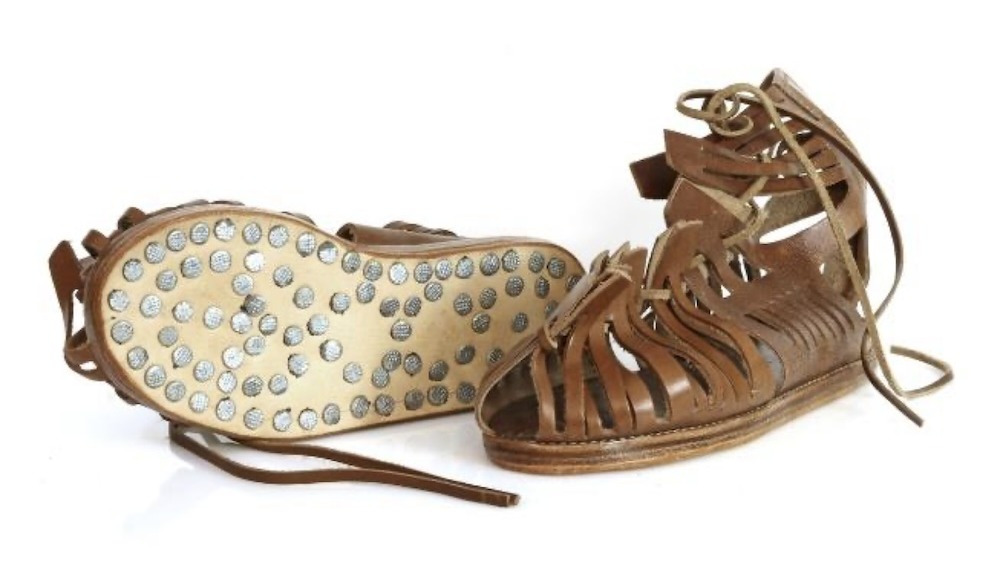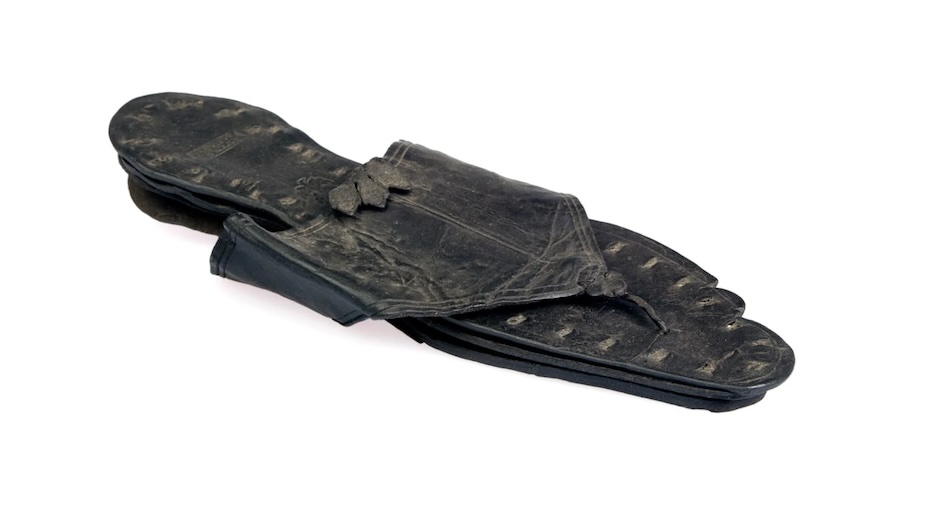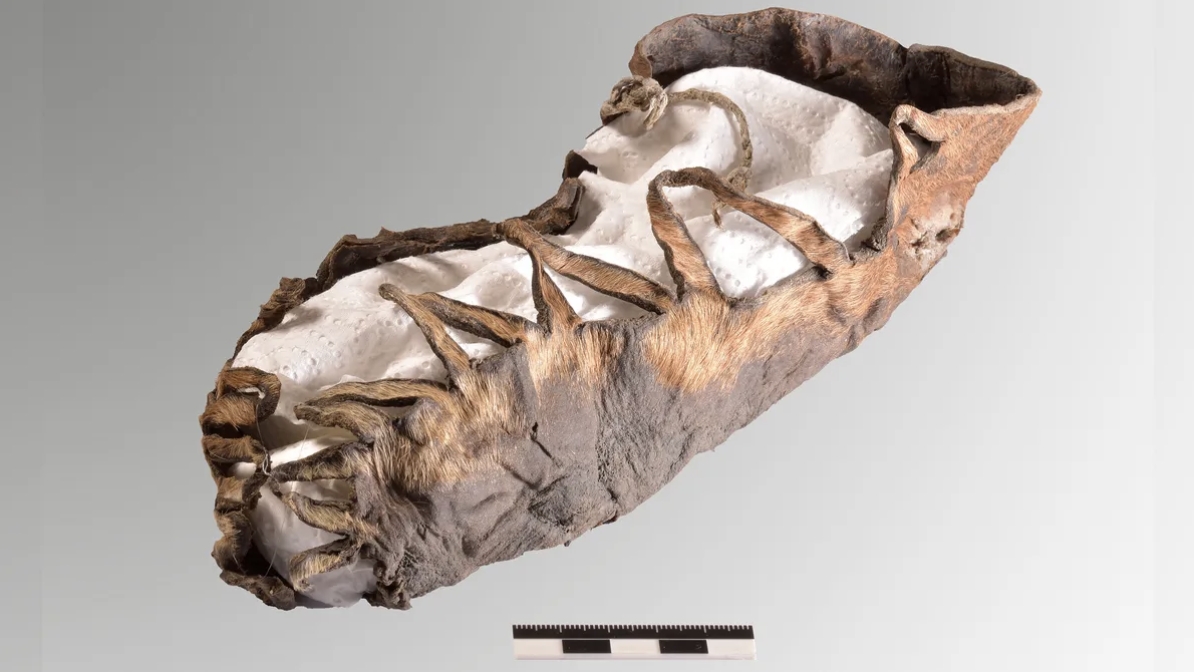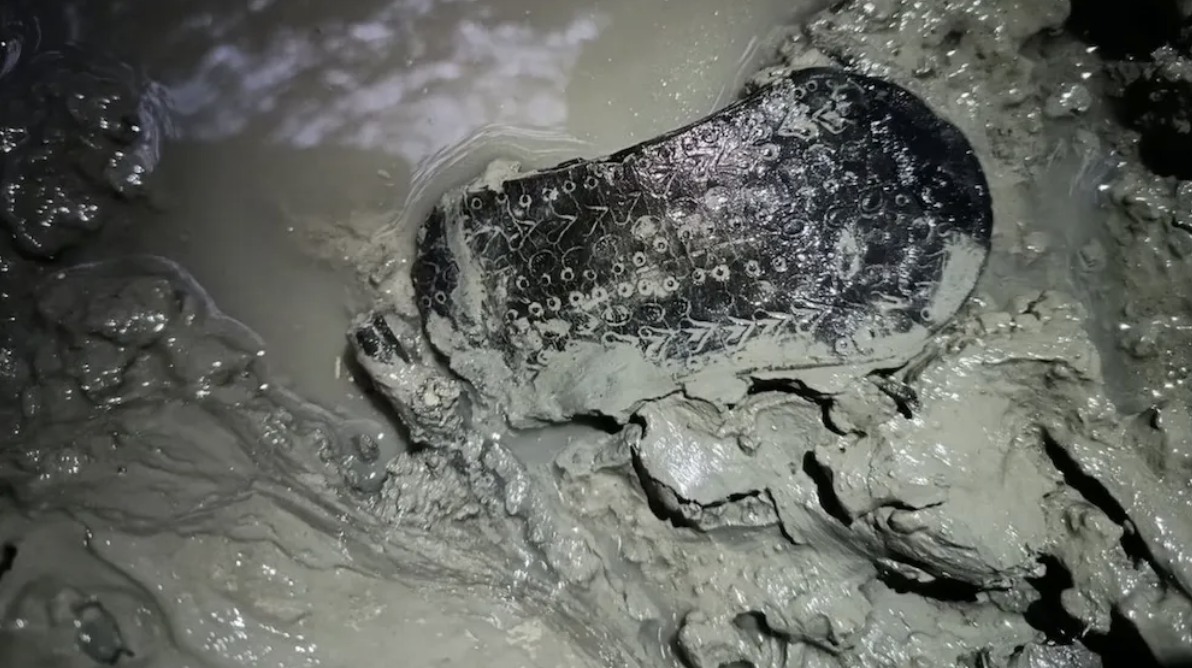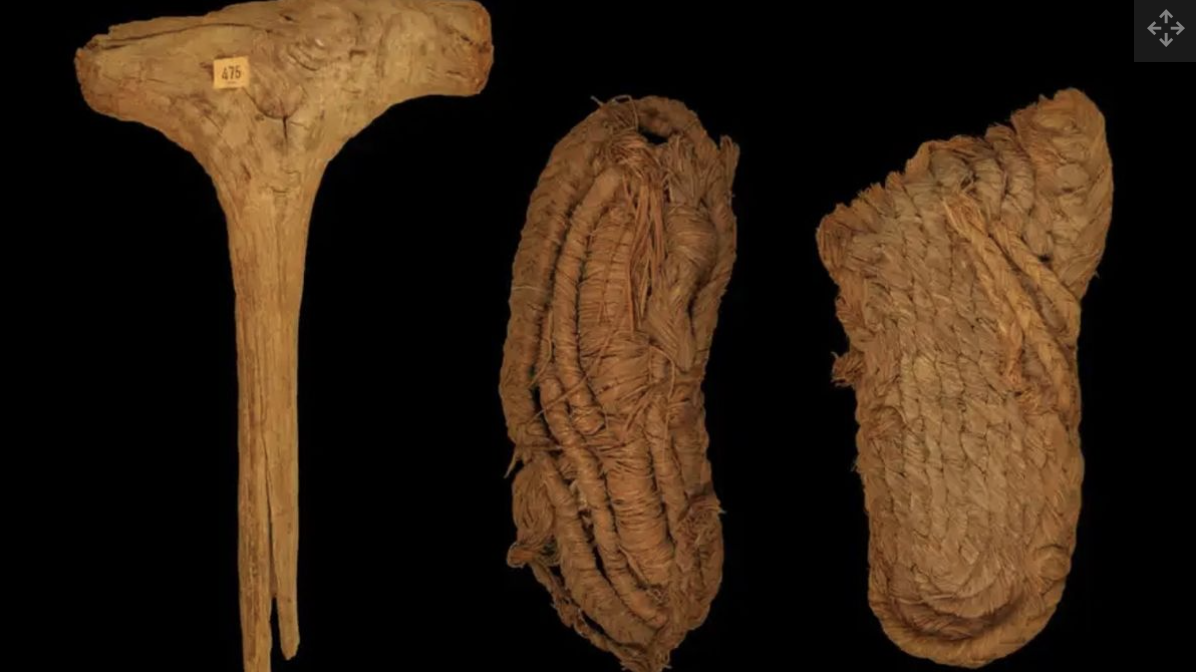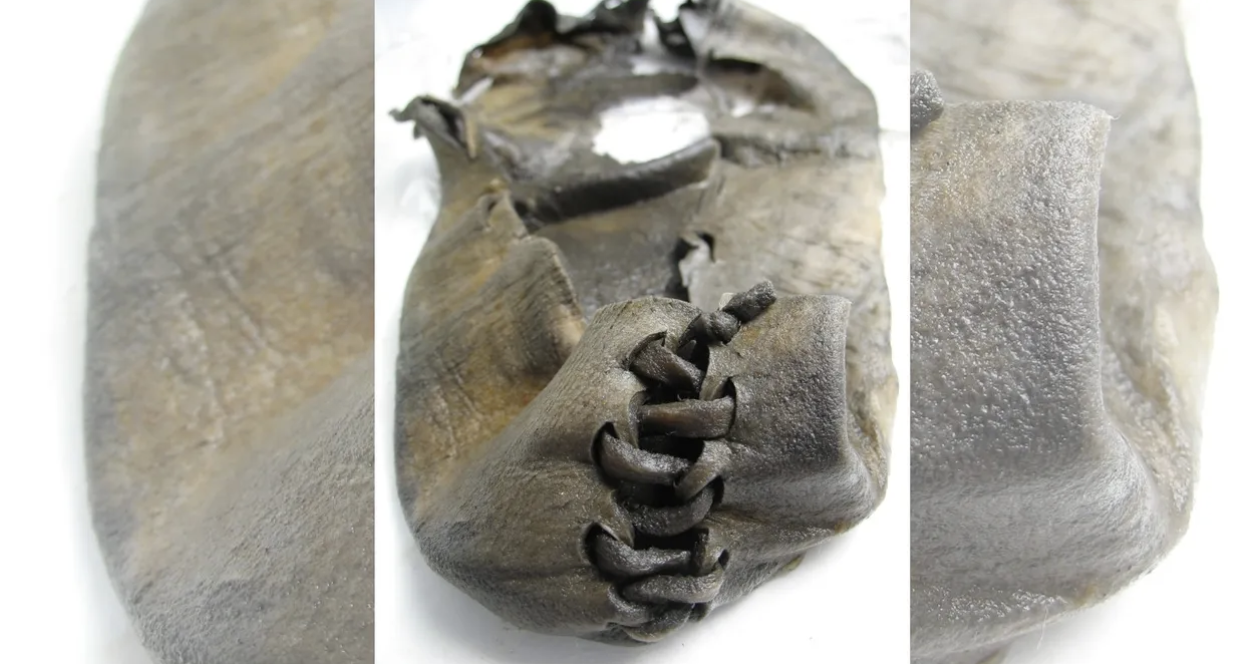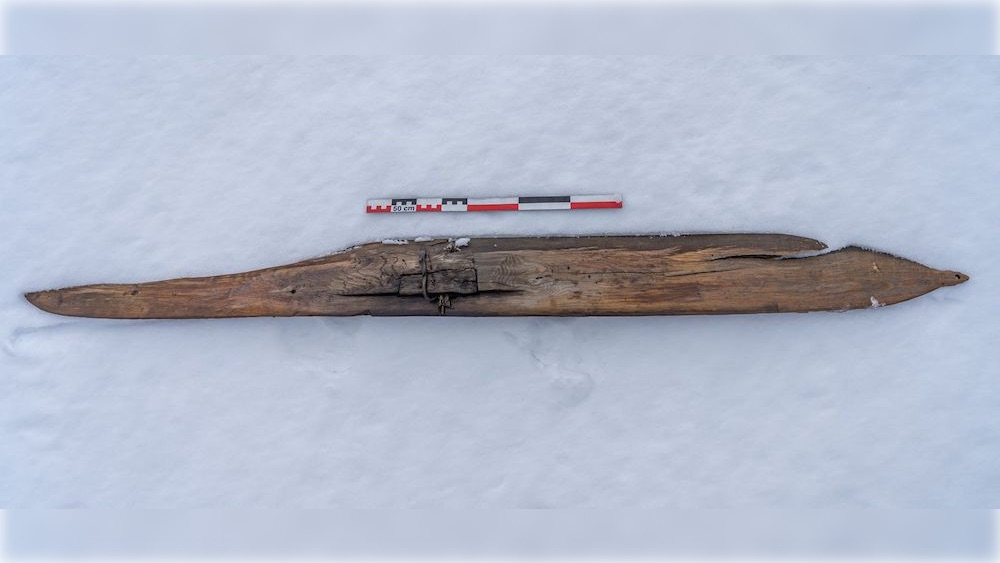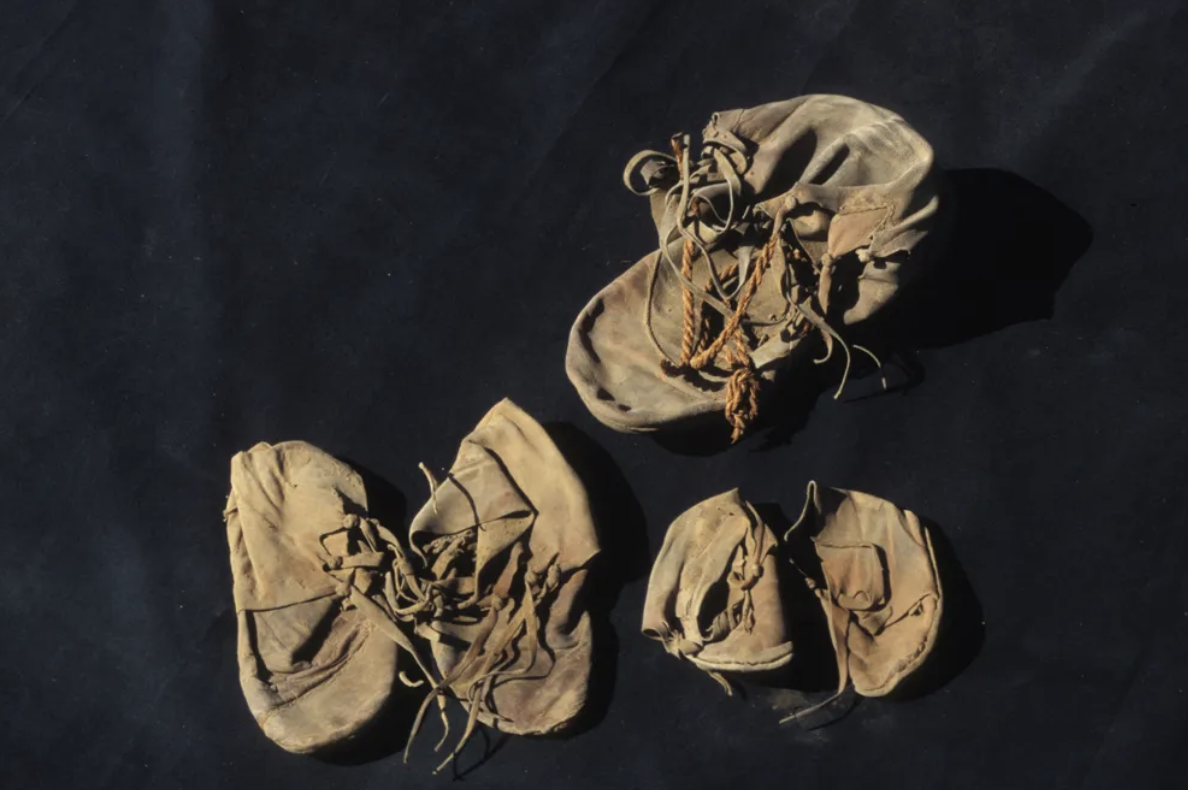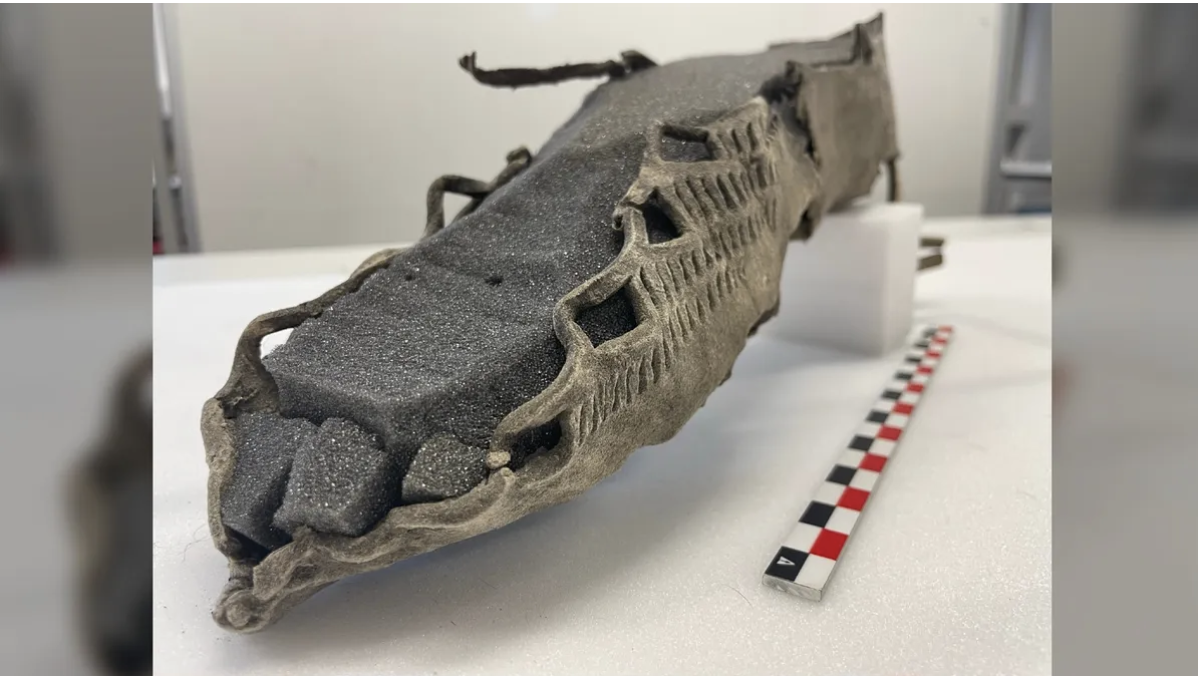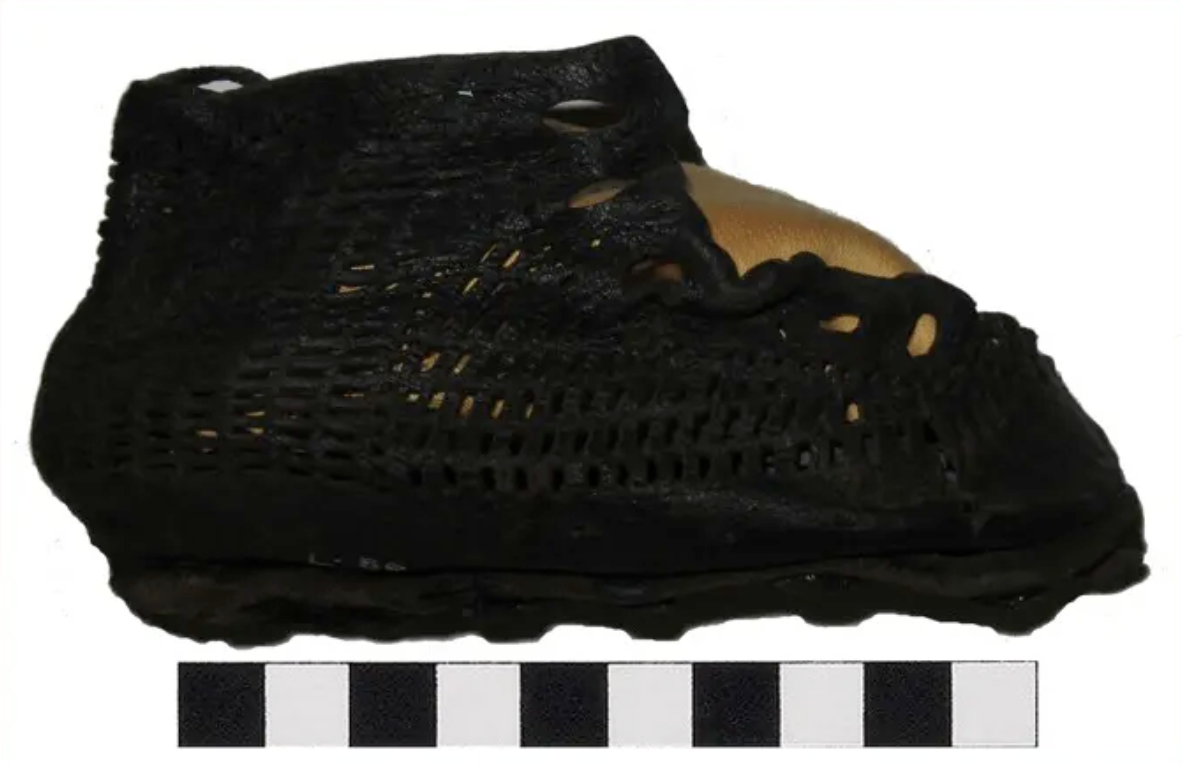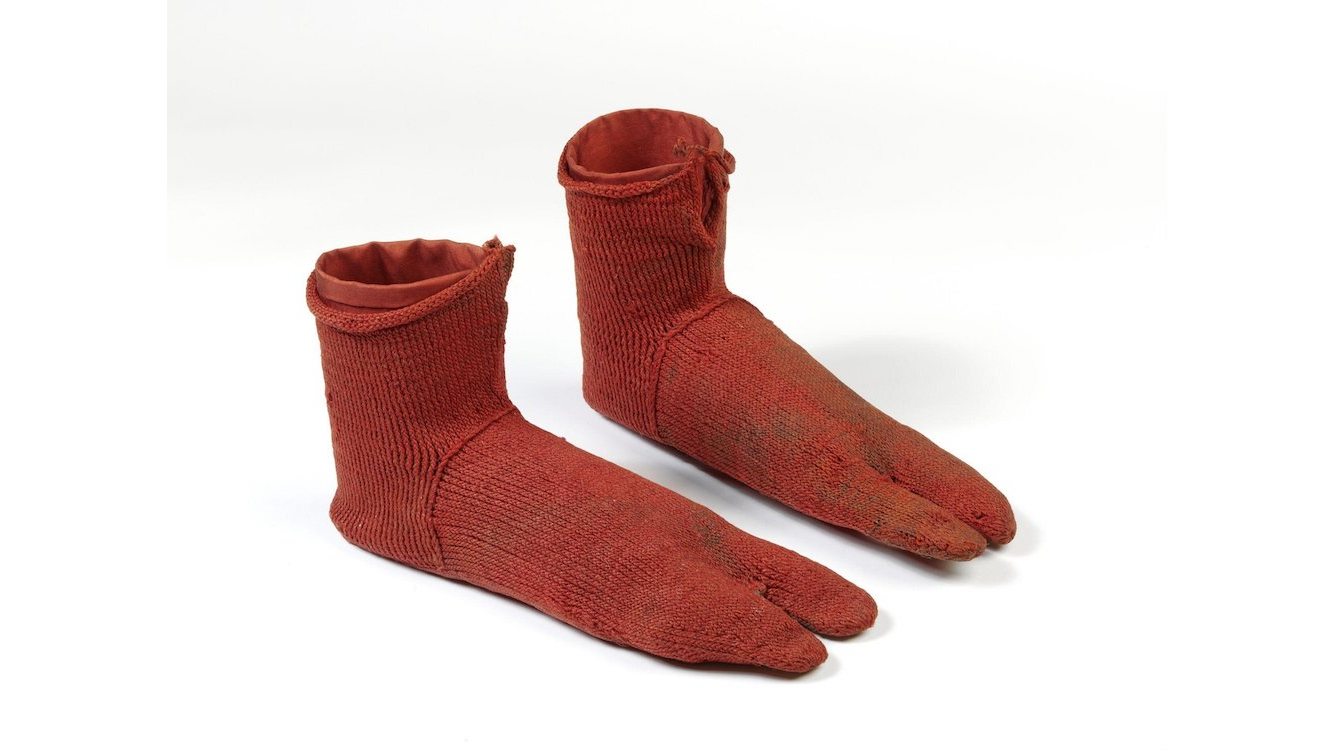12 old shoes found in archaeological excavations from around the world
Shoes can give us an interesting insight into what people used to wear. Here are a dozen of the most extraordinary finds from the archaeological record.
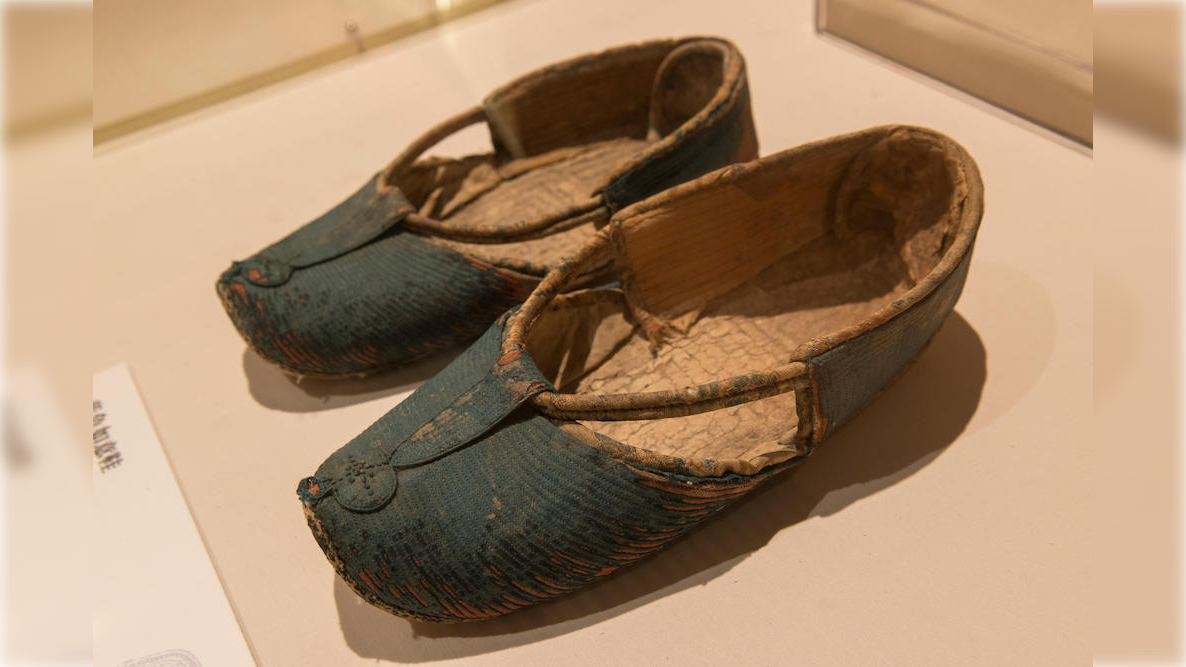
Losing a shoe (or shoes) is nothing new. In fact, based on these archaeological finds, it's always been common. In recent years, archaeologists have found numerous shoes hidden in caves, salt mines, wells and other locations that have excellent preservation conditions, such as a low-oxygen environment. Here are a dozen examples of some of those discoveries.
1. Roman military sandal at a settlement in Germany
Archaeologists in Bavaria used X-rays to examine the remains a 2,000-year-old leather sandal found at a settlement outside a Roman military camp. The sole of the shoe contained several "well-preserved nails," and researchers determined the footwear was a heavy-duty, hobnailed sandal known as a caliga that was part of the uniform issued to Roman legionary soldiers and auxiliaries. The nails would have provided traction during marches over challenging terrain.
2. Roman-era lady's leather slipper in England
This leather slipper from Gaul (modern-day France) would have been worn by a woman and is one of more than 5,000 shoes discovered by researchers at Vindolanda, a Roman auxiliary fort in northern England. Nicknamed "Lepidina's slipper" after the wife of Roman general Quintus Petillius Cerialis, this flip-flop style sandal was unearthed inside the couple's home and contains the maker's mark of the designer, Lucius Aebutius Thales, and is decorated with "vine leaves and two cornucopiea interlocked across an ear of corn," according to the Vindolandia Charitable Trust, which counts the footwear as part of its collection.
3. Child's shoe in an Austrian salt mine
While exploring a rock-salt mine in Austria, archaeologists made a surprising find: a child's shoe. Despite being 2,200 years old, the leather shoe was in "outstanding" condition and even had its flax or linen laces intact. Researchers credited the footwear's excellent preservation to the mine's optimally arid conditions. The lone shoe offers evidence that children were working in the mines more than two millennia ago, archaeologists said.
4. Decorated Roman sandal in a well in Spain
Archaeologists devised a pulley system to retrieve a 2,000-year-old Roman sandal that was at the bottom of a well in Spain and caked in mud. After cleaning the shoe, researchers discovered that the leather sandal was elaborately "decorated with a profusion of circles, loops, ovals and other motifs." The team surmised that the shoe likely slipped off the wearer while they were cleaning the well.
5. Grass sandals in a Spanish bat cave
In 2023, archaeologists unearthed a pair of 6,200-year-old grass-woven sandals that researchers have deemed the oldest known shoes ever found in Southern Europe. The ancient footwear was discovered inside a bat cave in southern Spain alongside a collection of other surprising finds, including 9,500-year-old woven baskets used by hunter-gatherers, a wooden mallet and human skeletal remains.
6. Bronze Age boot in Norway
The award for the oldest shoe ever found in Norway goes to this 3,000-year-old boot that archaeologists pulled from a melting mountain ice patch. Thanks to the glacial conditions, the single leather shoe was impeccably preserved; based on its small size (about a 4 or 5 in today's U.S. sizes; a 35 in European sizes), researchers think it belonged to a woman or a child. Other finds from that 2007 expedition include several arrows and a wooden spade, which offer clues that this might have been a popular hunting ground at the time.
Get the world’s most fascinating discoveries delivered straight to your inbox.
7. Iron Age skis in Norway
In 2014, glacier archaeologists discovered a solitary wooden ski at the top of an ice-packed mountain in Norway. In 2021, the team returned to the site and unearthed the Iron Age orphan's missing mate. Both skis were in excellent condition thanks to their icy grave and even contained their original birchwood bindings, which helped keep the Iron Age skier's feet firmly in place more than 1,000 years ago.
8. Jar filled with shoes inside an Egyptian temple
Archaeologists found a collection of ancient footwear crammed into a jar inside an Egyptian temple in Luxor. Researchers counted seven shoes in total, including two sets of children's shoes that were tied within a larger folded shoe, and a pair of adult shoes. The shoes showed uneven wear, implying that the wearer had walked with a limp. Based on the numerous repairs made to the shoes, researchers concluded that the more than 2,000-year-old eclectic collection contained "highly prized commodities" and were far from the disposable fast fashion that's common today.
9. Leather Iron Age sandal in Norway
A hiker discovered a single leather sandal during a mountain trek in Norway. After alerting authorities to his find, archaeologists retrieved the shoe — as well as several other items, including a selection of textiles and chunks of frozen horse manure — from the icy mountaintop. Radiocarbon dating concluded that the shoe dates to around A.D. 300. Together, these artifacts suggest that the location was likely a popular route for people traveling from inland Norway to the coast.
10. Children's shoes at a Roman military base in Britain
Social status was an important aspect of the culture in the Roman Empire, and people's choice of clothing was one way they showed off their wealth. This can be seen in a pair of itty-bitty shoes meant for an infant; they were modeled after men's footwear that researchers discovered at Vindolanda, a former Roman military base that operated in northern England from the first to the fifth centuries. In addition to the kid's fashionable kicks, researchers have found more than 4,000 shoes at the site over the years.
11. Woolen socks from Egypt
Archaeologists discovered these cozy-looking woolen socks with split toes sometime during the 19th century in Egypt. Made of three-ply wool, they were created during the fourth or fifth centuries, using a technique called "nålbindning," which is more similar to sewing than knitting, since it employed a single, flat needle and thread, according to the Victoria and Albert Museum, where they are housed.
12. Goat leather shoes inside a Chinese tomb
A pair of 1,400-year-old goat leather shoes were brought back to their original grandeur after archaeologists restored the footwear. The items were found inside China's Astana Tombs, one of many stops along the Silk Route. It took 20 days for researchers to remove the dirt and mold that had accumulated on the shoes over the centuries, but the effort was worth it. Once the shoes were cleaned, the team discovered that whoever created the footwear used animal sinew (tendons) to stitch them together.
Editor's note: This countdown was originally published on Feb 7, 2024 and was updated to include new shoes on June 24, 2024.
Jennifer Nalewicki is former Live Science staff writer and Salt Lake City-based journalist whose work has been featured in The New York Times, Smithsonian Magazine, Scientific American, Popular Mechanics and more. She covers several science topics from planet Earth to paleontology and archaeology to health and culture. Prior to freelancing, Jennifer held an Editor role at Time Inc. Jennifer has a bachelor's degree in Journalism from The University of Texas at Austin.


